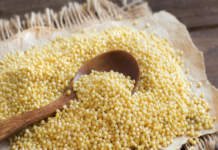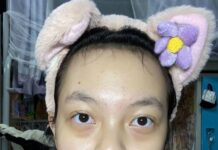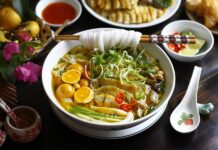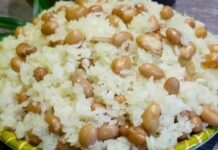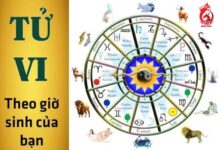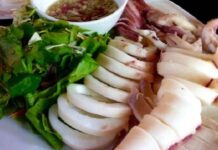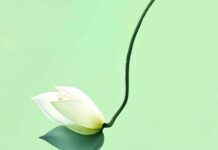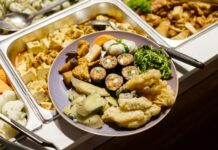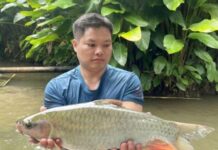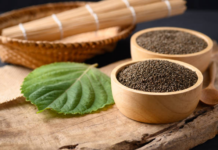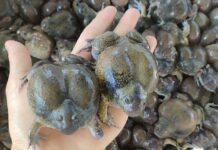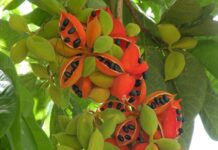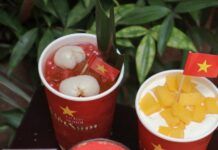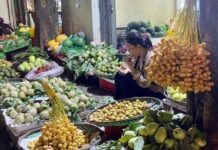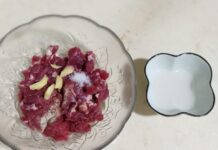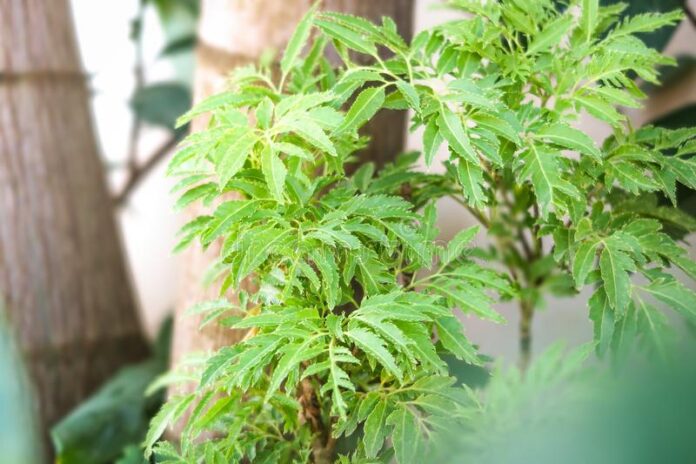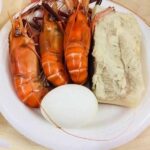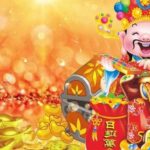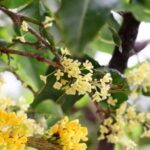Discover the Power of Dinh Lang
Dinh Lang, also known as Fish Mint or Vietnamese Ginseng, is a familiar plant in Vietnam. This humble herb has earned the nickname “ginseng for the poor” due to its impressive medicinal properties and affordable price tag.
Dinh Lang is a smooth, small-stemmed plant that typically grows to a height of 0.8 – 1.5 meters in Vietnam, although it can vary depending on regional characteristics. Its stem is devoid of thorns, and its leaves are pinnate, resembling a feather, and measuring between 20 – 40 centimeters in length. The leaflets are slender, measuring 3-10mm in length, with a small tubular shape, and the leaf blade has uneven serrations, emitting a distinctive aromatic scent.
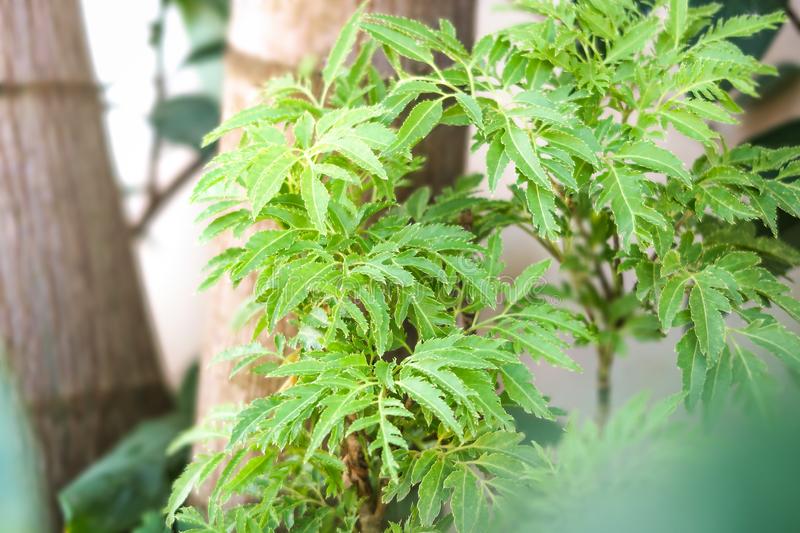
Dinh Lang: A Versatile Herb
In folk feng shui, Dinh Lang is believed to possess auspicious meanings, acting as a shield against negative energy entering the home. It is thought to attract and preserve positive energy, earning it the title of a “guardian of wealth” for homeowners. This plant is undoubtedly one of the best additions to any home or garden, serving as a lucky charm to attract prosperity.
This plant is a bearer of vibrant vitality, benefiting both health and feng shui. Strategically planting it in the right location can improve one’s fortune, bringing about a sense of comfort, tranquility, and ease. According to feng shui principles, it is advisable to plant Dinh Lang in front of the house, slightly off to the sides, so as not to block the main entrance and hinder the flow of positive energy into the home.
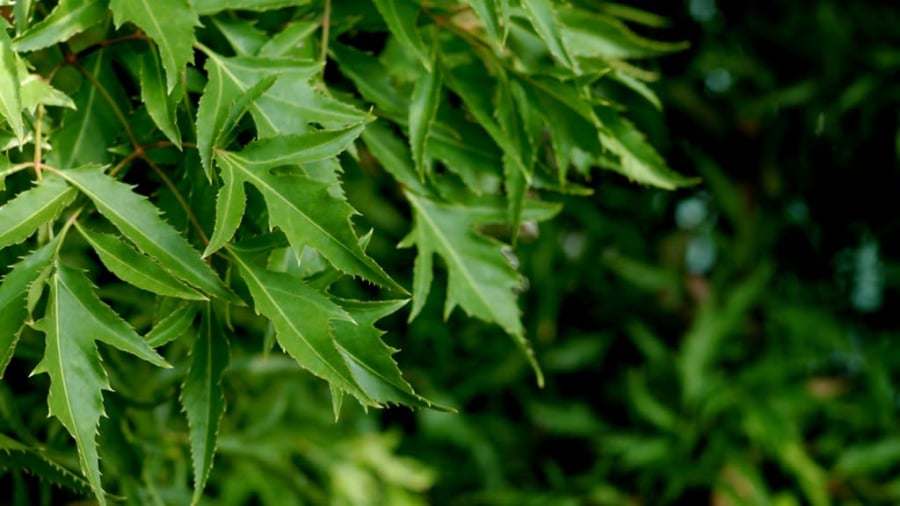
The Many Meanings of Dinh Lang
Medicinal Uses of Dinh Lang
According to BSCK2. Huynh Tan Vu, from the Traditional Medicine Department of Ho Chi Minh City University of Medicine and Pharmacy (Campus 3), as quoted by the Health and Life newspaper, Dinh Lang is used to treat various ailments. Here are some specific applications:
– Combating fatigue and lethargy: Dry and slice 0.50g of Dinh Lang roots, add 100ml of water, boil for 15 minutes, and consume the decoction twice to thrice daily.
– Relieving breast engorgement and promoting lactation: Boil 30-40g of Dinh Lang roots in 500ml of water until reduced to 250ml. Drink the warm decoction twice a day for two to three days to alleviate breast pain and promote normal milk flow.
– Treating wounds: Crush fresh Dinh Lang leaves and apply them directly to the affected area.
– Alleviating joint swelling and pain, and healing injuries: Use 40g of fresh leaves, crush them into a pulp, and apply to the wound or swollen, painful area.
– Preventing seizures in children: Dry young and old Dinh Lang leaves and use them as a mattress or bed liner for children to sleep on.
– Relieving backache and knee pain: Boil 20 – 30g of Dinh Lang branches and stems, and consume the decoction thrice daily. This can be combined with roots of Mimosa pudica, chrysanthemum, and licorice.
– Addressing impotence: Combine 12g each of Dinh Lang roots, Chinese yam, coix seeds, Polygonatum odoratum, Polygonum multiflorum, wolfberry, longan, and rice husks; 8g each of Cynomorium songaricum and ban long; and 6g of Amomum villosum. Boil these ingredients into a decoction and consume one serving daily.
– Treating hepatitis: Mix 12g of Dinh Lang roots, 20g of artemisia, 16g of coix seeds, 12g each of sow thistle, Chinese yam, Vigna umbellata, plantain lily roots, Chinese holly, and five-fingered orange; and 8g each of Inula racemosa, turmeric, and Tribulus terrestris. Prepare a decoction from these ingredients and consume one serving daily.
– Managing anemia: Combine 100g each of Dinh Lang roots, Polygonum multiflorum, prepared rehmannia, and Polygonatum odoratum, along with 20g of Panax notoginseng. Grind these ingredients into a powder, boil, and consume 100g of the mixture daily.
– Alleviating allergies, measles, cough, and dysentery: Boil 10g of dried Dinh Lang leaves in 200ml of water and consume the decoction throughout the day.
– Relieving chronic asthma: Combine 8g each of Dinh Lang roots, lilyturf, hyacinth beans, Poria cocos, turmeric, and thickleaf grass; 6g of dried ginger; and 400ml of water. Boil the mixture down to 250ml and consume it twice a day while it is still warm.
Why Do People Wear Red Underwear on New Year’s Eve? It’s Not Just for Seduction but also for “Inviting Love”
Wearing red underwear on New Year’s Eve is a tradition followed by many across the globe, with the belief that it brings good luck and fortune in the year ahead. This unique ritual has been passed down through generations, and it is said that donning this vibrant color can bring prosperity and positivity. It’s a fun and playful way to ring in the new year, and for some, it has become an essential part of their New Year’s traditions and celebrations.


